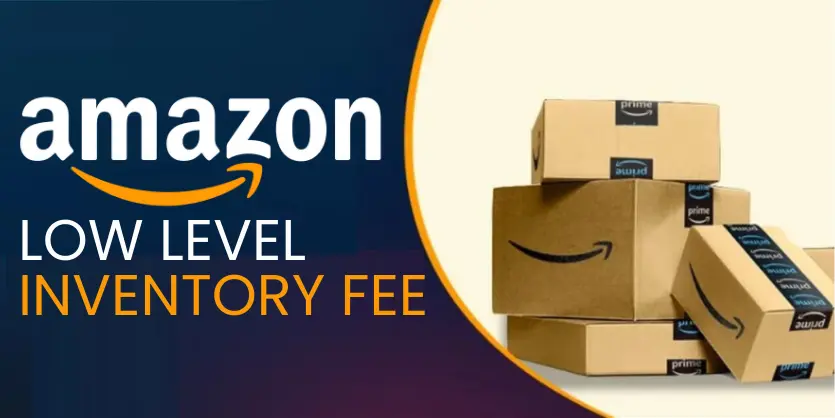In the ever-evolving landscape of online retail, Amazon’s recent introduction of low inventory level fees has sparked concerns and confusion among sellers worldwide. In this comprehensive guide, we delve into the intricacies of these fees, their implications, and how sellers can navigate this new territory.
What are Low Inventory Level Fees?
Amazon’s low inventory level fee is a charge imposed on sellers who consistently maintain insufficient stock of their products in Amazon Fulfillment centers. This fee is triggered when a seller fails to meet the demand for their products due to inadequate inventory levels.
Purpose and Implications
The primary aim of these fees is to ensure that Amazon’s warehouses are adequately stocked to facilitate efficient distribution and timely delivery to customers. By penalizing sellers for low inventory levels, Amazon aims to mitigate stockouts and optimize its logistical operations. However, this move has raised concerns among sellers regarding additional financial burdens and the complexity of managing inventory effectively.
Understanding the Fee Structure
Amazon’s low inventory level fees vary based on factors such as the volume of stock and historical demand. Sellers may incur charges ranging from 32 to 111 cents per unit, depending on the duration and severity of the inventory shortfall.
Calculating Fees
Amazon employs a formula to calculate low inventory level fees, taking into account the average daily inventory units and average daily ship units over a specified period, typically the past 90 days. Sellers can use this formula to determine whether they are liable for these fees based on their inventory management practices.
Challenges and Concerns
While Amazon’s intention to optimize inventory management is commendable, sellers face numerous challenges and uncertainties. Issues such as supply chain disruptions, import delays, and geopolitical conflicts can exacerbate inventory shortages, leaving sellers vulnerable to additional fees.
Mitigating Risks
To avoid incurring low inventory level fees, sellers must adopt proactive inventory management strategies. Regularly monitoring inventory levels, staying informed about market trends, and maintaining open communication with suppliers are essential steps in mitigating risks and optimizing inventory performance.
Navigating Seller Central
Amazon provides tools within Seller Central to help sellers identify and address low inventory issues efficiently. By navigating to the FBA inventory section and monitoring historical days of supply, sellers can identify potential inventory shortages and take timely corrective actions.
Conclusion
While Amazon’s implementation of low inventory level fees aims to enhance operational efficiency, it poses challenges for sellers navigating the complexities of online retail. By understanding the implications of these fees, adopting proactive inventory management practices, and leveraging available resources, sellers can mitigate risks and optimize their performance in the competitive e-commerce landscape.
If you think this post has been helpful for you, please share this post with your friends and the e-commerce community. You can also check out our website www.ecomclips.com and get more updates! Keep browsing our blog to get more articles related to e-commerce. You can also mail us at info@ecomclips.com if you need any more help with Amazon.

